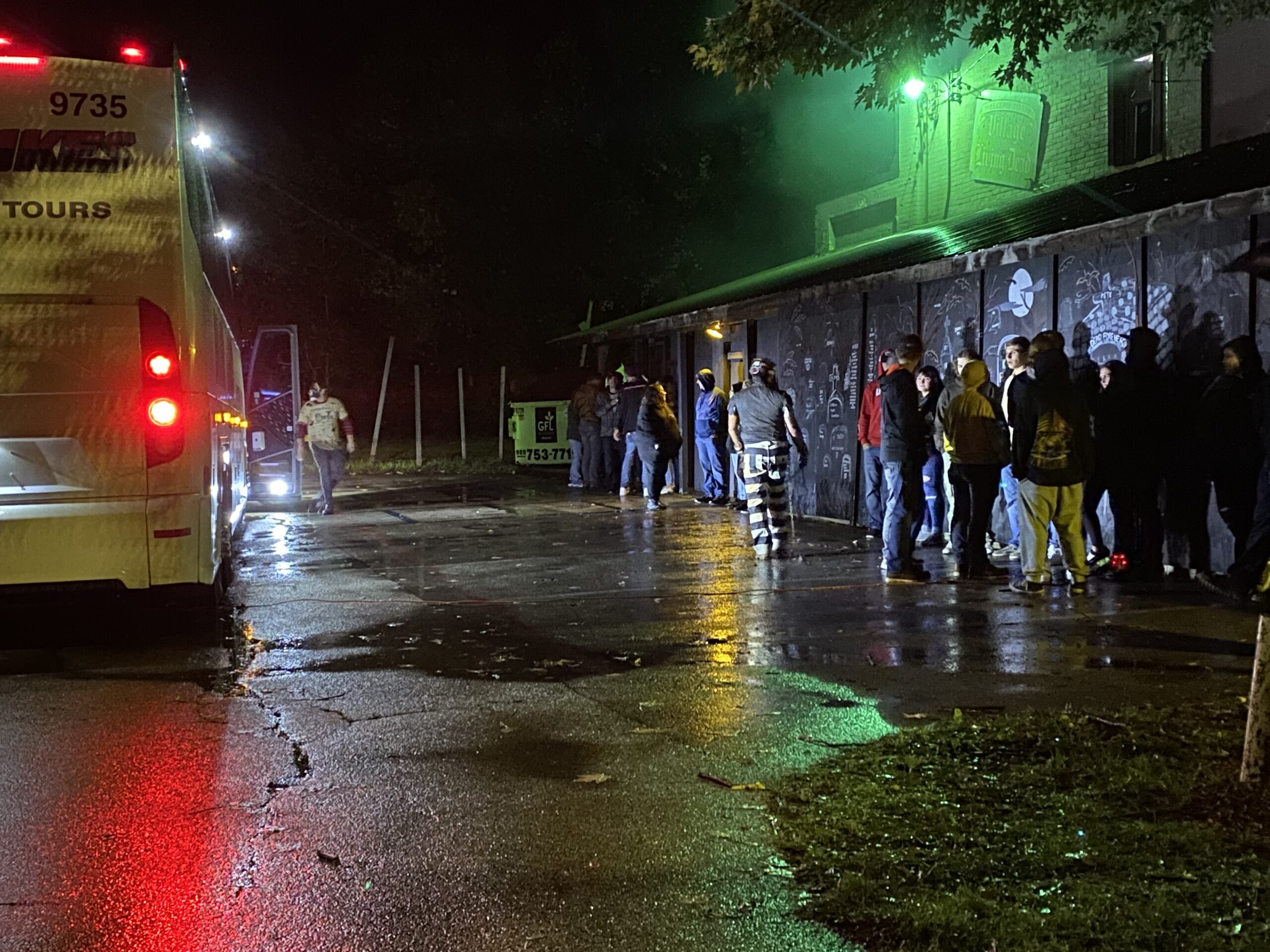By Cameron Kerkau, Staff Reporter.
If you live in America today, chances are that Hispanic culture has impacted your life in some way. Maybe it’s in the art you enjoy, the music you listen to, the dances you do, or the food that you eat. Or perhaps you’re enjoying rights fought for by Hispanic historical figures and you don’t even realize it.
On Tuesday, Oct. 20th, the Delta Ricker Center was host to an event which highlighted the importance of Hispanic heritage. The public was invited to learn about various aspects of Hispanic culture, including important figures with Hispanic backgrounds, traditional dances and how their culture has affected individuals personally. These topics were spoken about by Delta College Students as well as State Representative Vanessa Guerra. The night was catered by Maria’s Mexican Restaurant from Saginaw.
The public was invited to learn about various aspects of the culture, including important Hispanic figures and traditional dances. These topics were presented by Delta College students and State Representative Vanessa Guerra. The night was catered by Maria’s Mexican Restaurant from Saginaw.
Multicultural advisor John Neal opened the night with applause for the students participating. He then introduced the “Human Museum,” a series of exhibits comprised of student presentations on Hispanic heritage.
Mollie Terres, a double major in literature and Spanish, explained the purpose of the museum.
“Through the Human Museum we will be introducing the influence Hispanic heritage has had on the world through the years.”
Among the exhibits was Jessica Fehrman, who was in character as Frida Kahlo. “Frida” explained that she was a Mexican painter that contracted polio at a young age.
Despite this, her father encouraged her to engage in physical activities that were improper for girls at the time, such as wrestling, swimming and boxing. After a bus accident, Frida spent a year in the hospital, which is when she began painting. According to Fehrman, Kahlo’s art is still affecting the world today.
“Many people feel that my feminist outlook has driven their artwork,” said Fehrman, in character.
The students delved into their characters, answering any questions the crowd had for them.
“I was really impressed with all the students. It was really clear that they took the time to learn about all their characters,” said Guerra.
Gabriel Jimenez took on the role of Cesar Chavez. Chavez grew up as a migrant worker. Because his family was constantly moving to find work, Chavez went through numerous schools.
After eighth grade however, Chavez decided to quit school so that he could help support his family. He worked the fields until his early 20s, which is when he joined the Navy. Later on in his life, Chavez started the National Farm Workers Union. He spent his life encouraging workers to vote and fight for workers’ rights.
Not all of the exhibits displayed historical figures. Instead of being in character, Adelina Gutierrez portrayed a traditional Hispanic dance, the Jarabe Tapatío, or the Mexican Hat Dance.
“The dance represents the courtship between a man and a woman,” Gutierrez said.
At first, the woman rejects the man’s advances. However, she eventually accepts him and the dance ends in a pose which resembles the two dancers kissing. Gutierrez performed many steps from the dance herself.
After the Human Museum, the attendees were treated to authentic Mexican cuisine courtesy of Maria’s Mexican Restaurant, 6090 State Street in Saginaw.
The night ended with a final speech given by Guerra in which she described how her Hispanic heritage affected her decisions through the course of her life.
“I truly believe,” says Guerra, “that we can all work together to make our community the place that it’s destined to be.”

